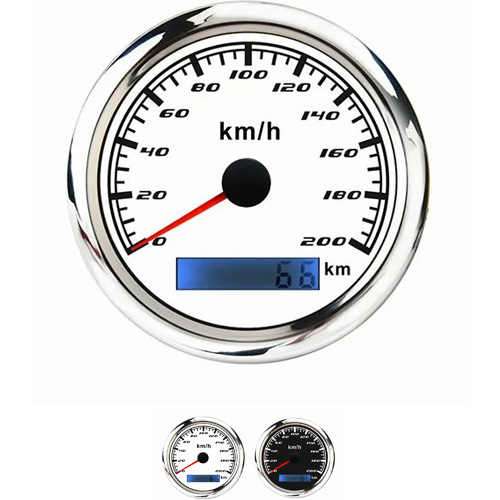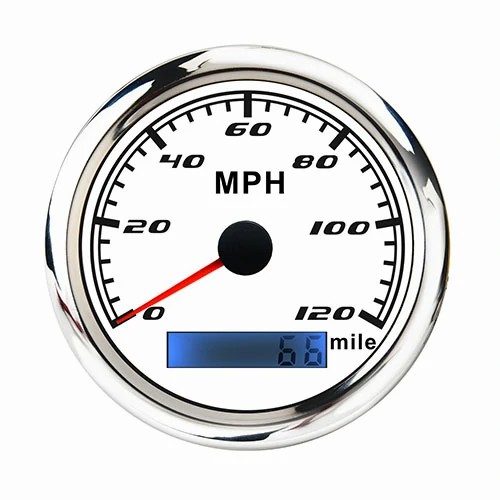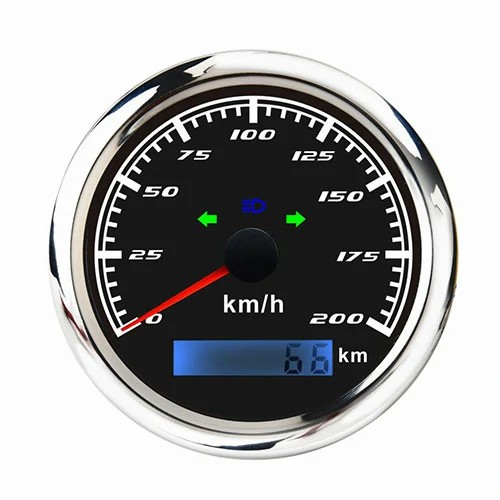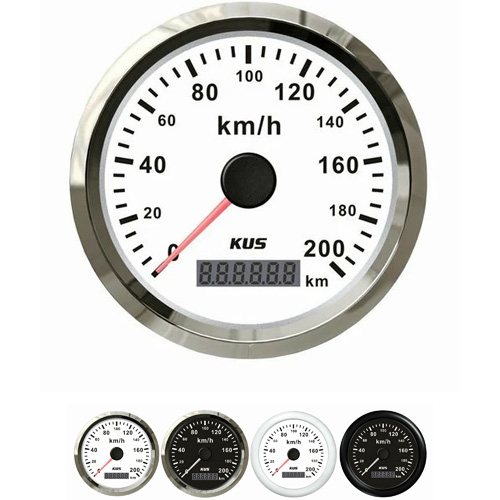why would a speedometer stop working
If the needle of the speedometer suddenly swings, the flexible shaft may be twisted and broken. If the pointer swings back and forth, the problem may lie in the watch head. The twisted flexible shaft curls and springs straight in the casing, causing the transmission to be fast and slow, causing the pointer to swing. When checking whether the flexible shaft is twisted, first remove the flexible shaft from the outer casing of the watch, put it on a flat place, and then turn the end of the flexible shaft with your fingers. If the flexible shaft turns slowly, it means that the shaft is in There is no kink in the shaft shell, but if the other end of the flexible shaft twitches and turns suddenly, it means that there is a kink in the shell. You can also compare the feel of the hand with a new flexible shaft.
If the flexible shaft is kinked, it must be replaced. Another method is to hold both ends of the flexible shaft with both hands, at this time the flexible shaft must be bent. Then, slowly twist both ends of the cable between your fingers. If the flexible shaft is kinked, there will be runout between the shaft and the shell. Carefully check the flexible shaft for friction or wear. The friction of the flexible shaft indicates that there is excessive bending, or the casing is faulty. If necessary, the flexible shaft and casing should be replaced. Then, try to eliminate the factors that cause excessive bending. Visually inspect the shaft end of the flexible shaft to see if it is straight. The flexible shaft should be replaced if it is not hard.
Other possible causes of failure are as follows: pointer fluctuations: damaged flexible shaft or housing, worn or dirty spindle bearings; excessive end play of the magnetic shaft; on the magnet or speed disc. There is dust or oil; the speed disc is rusted on the main shaft end; the bearing of the main magnet shaft is worn (the shaft backlash must not exceed 0.003m); the speed disc shaft is bent; the position of the magnetic basin stator is incorrect; the first, second and third gears wear. The pointer does not return to zero: the hairspring is broken; it is not adjusted properly; the pointer is not installed properly; the front jewel bearing is too tight or has ash or butter in it.
 English
English 






Get a Quote / Info